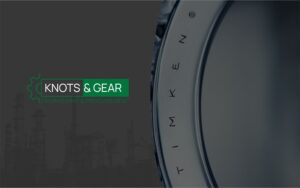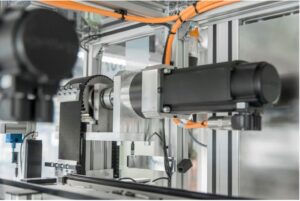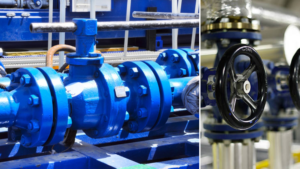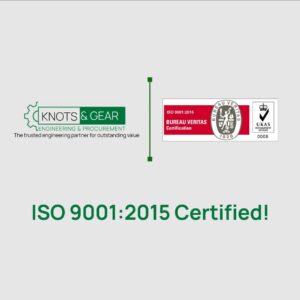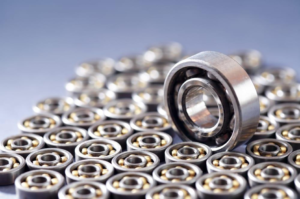What is a flow metre?
A flow metre (also known as a flow sensor) is a type of flow instrument that measures linear, non-linear, mass, or volumetric flow rates to determine how much liquid, gas, or vapour is moving through a pipe or conduit.
Liquid flow measurement is a significant requirement for accurate monitoring in many industries including refineries, power generation, and water plants. The capacity to take precise flow measurements is fundamental in some processes and can be the difference between a profit and a loss. Since no two flow measurement applications are the same, it is essential to understand the proper techniques for choosing and sizing flow metres as the accuracy measurement between two almost identical flow metre products can differ.
Two of the most common types of measurements utilised in process facilities all around the world are flow rates and flow totals. There will always be a large range of flow measurements needed for monitoring, control, and regulatory purposes, regardless of the process industry. We cannot, however, always assume that the choice and sizing of flow metres are adequate.
To guarantee that measurements are as precise and reproducible as possible, instrumentation must be carefully chosen. It is even more crucial to consider the key elements of correctly sizing flow meters in businesses where low-bid design and construction services are frequently used.
Factors to Consider When Sizing a Flow Metre
- Expected Flow Range
Also known as the measurement goal, this is the first aspect to think about when sizing a flow metre. How a flow metre should be sized depends significantly on whether a flow rate is anticipated to have a tight, relatively constant range or to vary greatly.
- Accuracy, Repeatability and Rangeability
It is important to consider how well a flow metre can measure the flow.
- Accuracy refers to how closely the flow metre reading matches the real flow value.
- Repeatability, also known as precision, refers to how consistent measurements are over time. Note that Good Repeatability does not guarantee accuracy. Be wary if there is simply a repeatability assertion on the equipment and no proper accuracy statement. It is possible to alter a flow metre to read more correctly even though it has poor accuracy but strong repeatability. A flow metre with poor repeatability, however, cannot be adjusted since the values are inconsistent.
- Rangeability is the measurement of the flow metre’s accuracy and repeatability over the anticipated range of flow readings. Some flow metres are more adept at reading very low flow rates than others. Therefore, it is crucial to consider the projected flow range accuracy that the vendor is guaranteeing whenever an accuracy claim is being made for the flow metre.
Other factors to consider while sizing a flow metre include:
- The parameters to be captured i.e. mass flow, volume flow.
- The standard setup process.
- The typical operation window.
- A very wide operating range.
- The usual shutdown progression under any possible anomalies.
For purchase, installation, and commissioning of your Coriolis, vortex, thermal, and magnetic flow metres, contact us at salesknotsandgear.com


